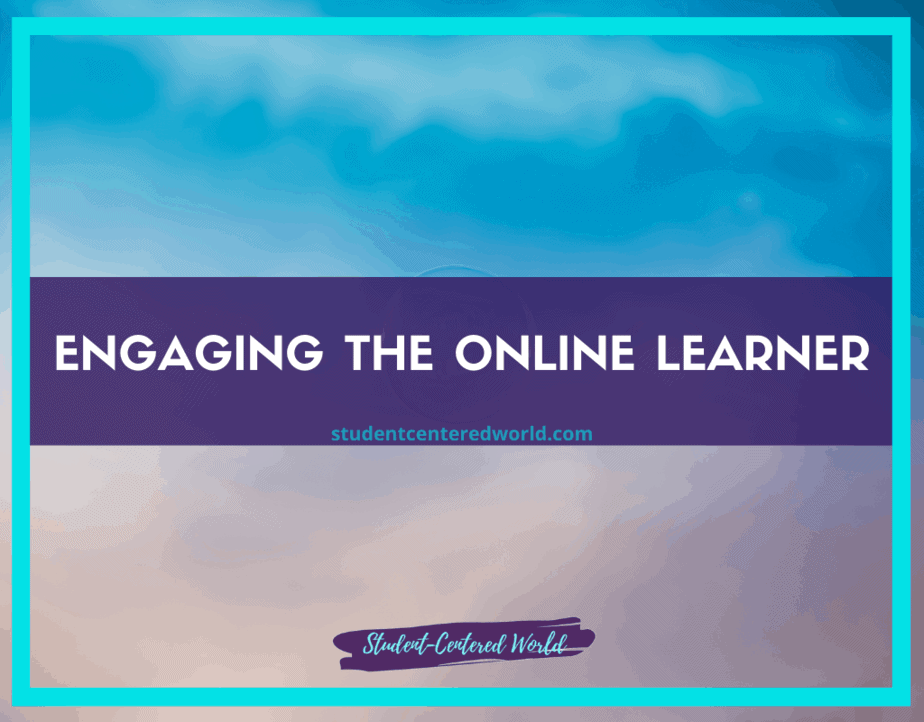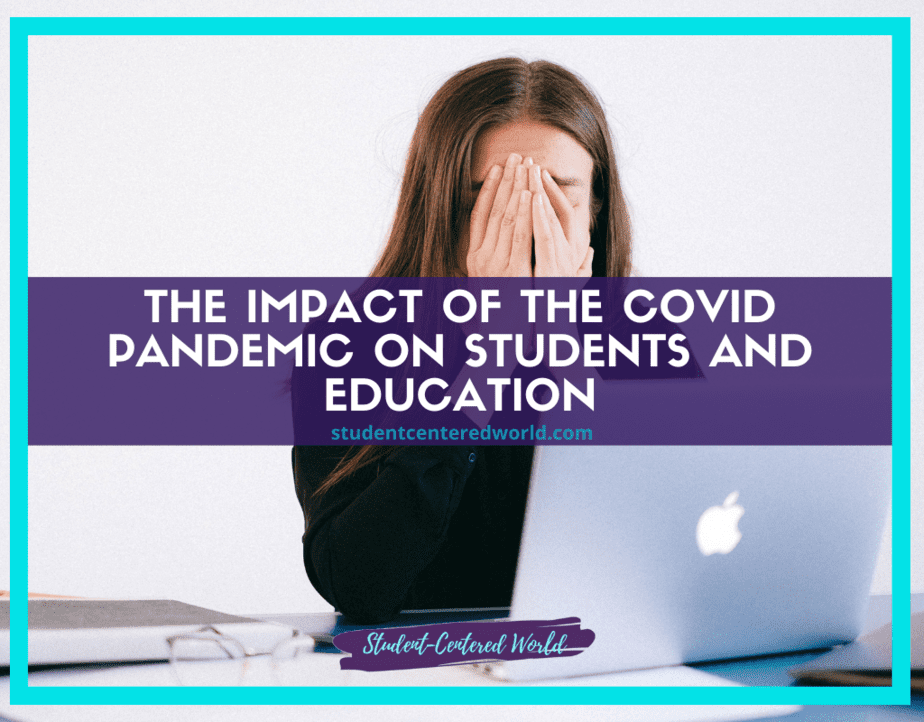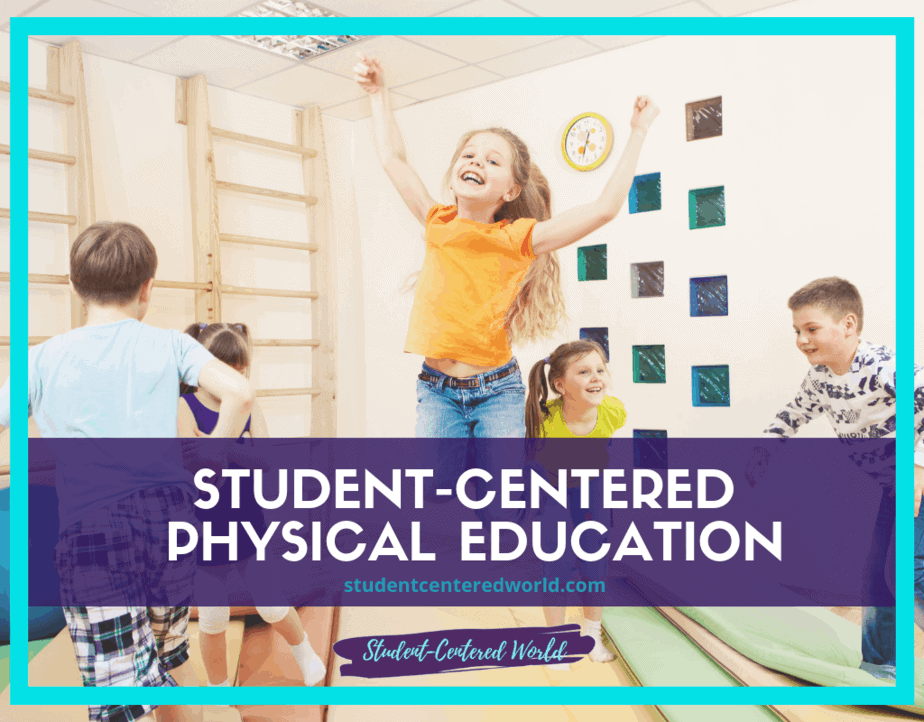Why Student Feedback is Effective for Teaching
Student feedback is a powerful tool in shaping the learning journey of students and enhancing the teaching practices within educational institutions. When teachers regularly seek student evaluations and consider their student voice, it contributes to a dynamic and responsive classroom environment. This feedback serves as a key element in improving both student learning and teacher effectiveness, ensuring that the teaching methods employed are aligned with the needs of the students.
Student feedback to teachers can be highly important for course planning and improving teaching skills, but so often asking for it scares us. We put our heart and soul into what we do, and often thinking about how student feedback for teachers may come across our desks is sometimes too tough to swallow.
However, when we teach we have a vision…and there is only one group that can tell you honestly if that vision is coming to fruition, and that is the students. Student feedback on teaching shouldn’t be a worry…it should be embraced so we can tweak and master our craft even further than we would on our own accord.
When a teacher executes a lesson, they always have an idea (based on their own hunches) of how it went. Often though, they forget to check in with the group that knows for sure. Asking for student feedback to teachers is truly the best way to know if what you are doing in the classroom is working…or isn’t.
I don’t know one educator who comes up with a lesson where their intent is for it to go poorly. Sometimes the classroom throws curveballs though and those lessons flop miserably….I always get the image in my head of when someone loses their grip on an egg and it goes crashing to the kitchen floor and that reaction of just staring at it for a second before the inevitable “Ugh!” and clean-up begins.
Really, our classrooms are no different. No matter how much we strive to be perfect, we just can’t be. We’re human after all, and our job is 100% dependent on the other humans in the room. Sometimes there are 12 and sometimes there are 30 and they each have a story. The only way we can know those stories is to ask for student feedback to teachers.

(This post may contain affiliate links that won’t change your price but will share some commission. As an Amazon Associate, I earn from qualifying purchases. Please read our disclosure policy for more information.)
Facing the Fear of Lesson Plan Failure
There is legitimately NOTHING WRONG with a lesson not going as planned. Sure, it takes some clean up to make sure the students are still achieving the goals of the curriculum, but it is much better to go outside of your comfort zone and try something new that might not go as planned than to do the same type of activity as normal where you won’t “hook” your students’ curiosity with where you might be going with what you’re doing.
Keeping them on their toes at all times is the key to strong student engagement. If a student can ask you “How do you come up with this stuff?!”, you’re winning.
Teaching is one of those professions that no matter how much you prepare for it, there is literally no telling what we are going to walk into on any given day.
We can prepare and try and plan and do all of the things we think will work for our students. Sometimes it’s a grand slam and sometimes we miss the mark. It could be because of the approach or because of the day.
Do you know something though? It’s OKAY as long as you are trying to find the best way to reach your students….sometimes it will work and sometimes it won’t. There is no shame in that.
Best Practices for Gathering Effective Feedback
One of the best practices for gathering effective feedback is to ask open-ended questions, allowing students to express their thoughts freely. This type of feedback provides valuable insights into the classroom experience from the student perspective, revealing both the strengths and areas needing improvement in the instructional process.
When this feedback is actionable feedback, teachers can take specific steps to adjust their teaching methods and create a more engaging learning environment.
Asking for honest student feedback to teachers might just be the scariest idea ever. Nothing makes you feel more vulnerable than this, I know. We all have “that” student that popped into our heads….the one we have butted heads with every. single. day. Do we really want to give him or her the floor? Do we really want to take into consideration *that* student feedback?
The answer is yes. Even though we may get reviews we don’t like, it helps us better understand what our students NEED. Sometimes this is a humbling experience and other times it reminds you why you became an educator and that you truly are making a difference.
Students often lash out due to what is going on with them, not you. Don’t let that scare you into not asking for student feedback to teachers. Take personalities into account and find out what the general consensus is.
Now obviously if the student feedback is off the wall (ie. “We should never have to do any type of work in this class”), it can be thrown out because it isn’t realistic. However, listen to the general tone of everything else. If students collectively love a certain type of activity, ask yourself how you can do more of that. If the students want to see more of something, try to find ways to incorporate it.
You’re not turning your classroom into a dog and pony show….you’re making it a place that fosters learning best for those who are looking to you for guidance.

One of the most challenging aspects of receiving feedback is processing negative feedback. However, constructive feedback—even when it is critical—can highlight gaps in instruction that may otherwise go unnoticed. When teachers approach negative feedback as a great way to gain valuable insights into their teaching, they can transform these critiques into opportunities for growth.
In middle school and high school, where students are at varying stages of development, the ability to adapt teaching strategies based on this feedback can have a profound impact on student outcomes.
Real-Time Data and Formative Feedback
Student evaluations should also be a part of the broader strategy for professional development within educational institutions. By reflecting on feedback from a diverse student population, teachers can engage in constructive criticism of their own methods and create a roadmap for improvement. When schools encourage this level of introspection, it fosters a culture of continuous learning and adaptation, which is beneficial to both students and educators.
Focus groups and small groups of students can also provide insights into specific teaching methods, offering teachers a clearer picture of how different student demographics respond to various approaches.
In many classrooms, the feedback loop begins with a reflection on the student’s work. Teachers should provide timely feedback on assignments, which allows students to improve their performance before moving on to the next topic. This process is especially important in formative feedback, where ongoing evaluation helps students progress toward mastering the material. Summative feedback, on the other hand, evaluates students at the end of a course or unit, providing an overall assessment of their understanding.
For teachers, formative feedback is an excellent way to improve the learning process without waiting for summative assessments at the end of the year or course. When teachers gather real-time data through tools like exit tickets or digital platforms such as Google Forms, they can respond immediately to students’ needs. This effective method allows educators to refine their lesson plans and strategies while the course is ongoing.
In contrast, summative feedback at the end of the course may reflect on long-term success, but without ongoing checks, it might miss the opportunity for in-the-moment adjustments.
Best practices in feedback collection emphasize creating an open, welcoming environment where students feel comfortable sharing their thoughts. Anonymous surveys and open-ended questions encourage students to be honest without the fear of repercussion. This honesty leads to meaningful feedback, which can then be used to redesign student experiences for the better.
Leveraging Data for Institutional Improvement
In addition to gathering feedback from students, educators should also consider the data generated from federal reports, summative assessments, and strategic initiatives that track student performance. For example, the Massachusetts Department of Education and other organizations often collect real-time data to inform policy decisions at the institutional level.
This data, coupled with student feedback, can lead to substantial improvements in instructional methods and overall educational outcomes.
A key component of using feedback effectively is ensuring information security and respecting student privacy. Many schools utilize digital platforms to collect feedback, and it’s critical that these systems comply with privacy policy outlines and federal laws regarding data protection. Teachers should be mindful of cookie policies, the lawful basis for collecting data, and how they use survey results.

The same care should be applied when handling personal information such as student e-mail addresses or sensitive feedback provided through digital means.
The Two-Way Street of Feedback
Feedback isn’t just about students critiquing the teacher; it’s a two-way street. It helps students reflect on their own learning, showing them how their input can influence their educational environment. When students see that their feedback is taken seriously and acted upon, it strengthens the feedback loop and builds a stronger student-teacher relationship.
This is especially important in alternative education settings, where personalized feedback may guide students on non-traditional paths to success.
I love asking my students for their feedback. Sometimes I would ask simply, “What was your favorite part of today?” Other days I would give a prompt and have students write responses to it. It all depends on what my day looked like and how much time we had. The best way to implement the use of student feedback is by starting it out right away at the beginning of the school year. If you wait until too much time has passed and you randomly spring it on your students’ midyear, it might cause a rift that is hard to come back from.
By asking the student feedback to teachers “early and often”, you can adjust as you go. The students will see what they are saying matters and that you take it into consideration and they will give you more meaningful responses each time you ask. Maybe the most straightforward form of student feedback to teachers is to ask students directly after a lecture or exercise session what they liked, did not like, etc.
However, this method is time-consuming and requires that you are present to receive the information in person. Furthermore, this form of feedback often lacks in-depth and richness in the description of students’ experiences.
Many teachers use a reflective log or diary in which they write down their thoughts on lessons, students’ feedback, etc. Although this provides a lot more detailed information than simply asking students face to face, it does not provide immediate feedback for possible course improvements. In addition to detailed feedback, a tool called the “teaching portfolio” provides a more systematic and structured collection of feedback from students, colleagues, and self-observations.
If you cannot begin this (and do it consistently) all year long, consider doing this for the first time at the end of the year as a whole class summary. This really allows you to analyze the data the students are giving you and also gives you some time to wrap your head around their words and create a game plan moving forward for the following year.
In conclusion, student feedback is integral to the success of both teachers and students. By fostering an open line of communication, using effective methods for collecting timely feedback, and continually reflecting on the data collected, educators can ensure they are meeting the needs of their students. Whether through focus groups, small groups, or anonymous surveys, the student body has a wealth of knowledge that, when tapped, can significantly improve the learning experience.
For educators, embracing constructive feedback is a crucial part of their own professional development and a great way to ensure that their teaching evolves to meet the needs of each new generation of learners.
Stop Driving the Teacher Struggle Bus
Are you struggling with student engagement, apathy, or keeping your class on track?
💫💫 There’s hope! 💫💫
If you’re ready to take the first step towards reviving student engagement and transforming your classroom, I invite you to join me for my free workshop “Reversing Student Apathy” designed to equip educators with innovative strategies that work.

This free teacher workshop offers educators a valuable opportunity to explore and address student apathy. By examining its causes and discussing strategies, participants will learn how to make meaningful changes in their teaching methods that are actually working. The sessions are engaging and collaborative, allowing educators to share experiences and develop a collective approach to improving student engagement.
Highlights include:
- Understanding the roots of student apathy and its impact.
- Strategies for enhancing classroom dynamics.
- The importance of educator-student relationships.
- Innovative teaching approaches for today’s students.
By the end of the workshop, you will not only understand what you need to accomplish to stabilize the 4 pillars of your classroom, but you will also walk away with 5 tangible ideas to try in the classroom the very next day.
Join today to be part of the solution to reigniting student enthusiasm and engagement.
This article was originally published on June 7, 2018.





